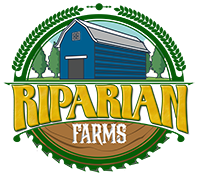What Is and How to Use Protein Blend Powders
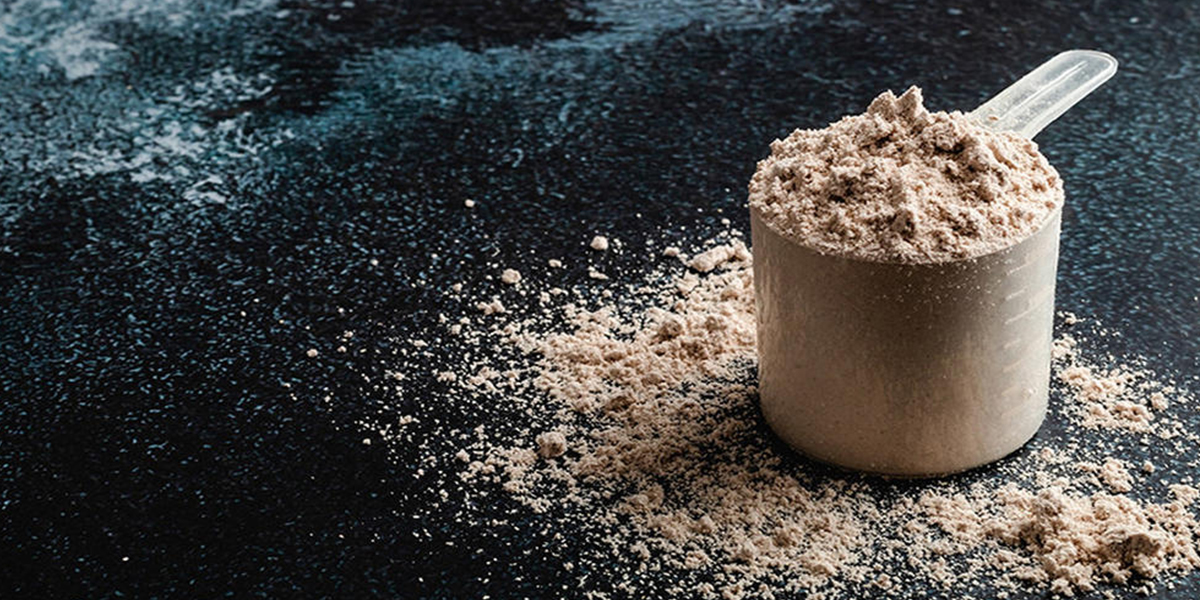
Whether you’re buying a protein supplement for the first time, or you’re a seasoned gym rat looking for something new, the vast array of protein supplements available can make choosing the right one down-right confusing.
So, we’ve decided to take a deeper look into the different kinds of protein blends which are available, and whether they can help you with your goals, regardless of how much dumbbell-lifting or protein-shaking experience you have.
Protein blends are a mix of different proteins. It will do you well to read the contents of the container before you go an buy one from a shelf at Walmart. (Also try not to buy one in Walmart, there are better sources for it). Not all protein sources are the same, as different sources of protein have various characteristics that can benefit you in different ways. By mixing proteins together you can get multiple benefits in a single shake. A good protein blend supplement can be a great way to do this.
To understand how different protein blends may help you, it is important to understand the difference between the major protein sources.
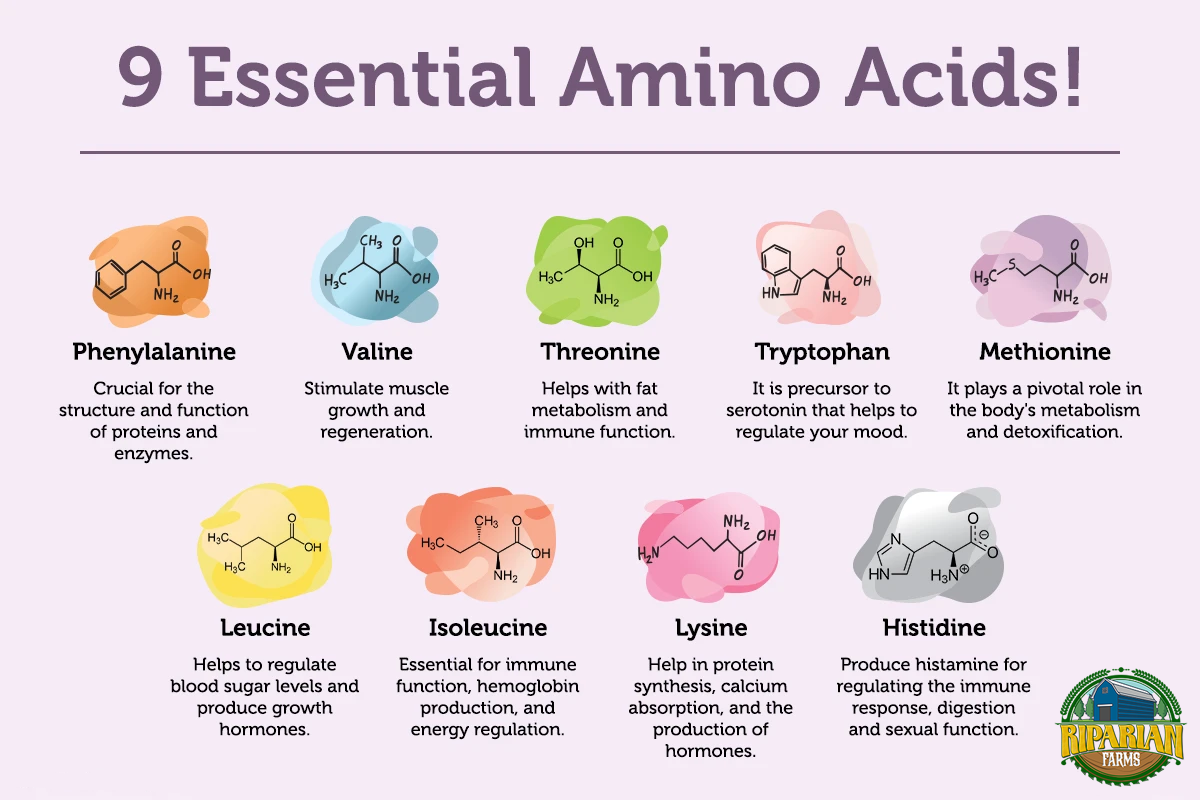 The Types of Protein
The Types of Protein
Three of the most popular proteins supplements are casein, soy and whey. Each of these proteins are high quality, meaning that they contain at least the 9 of the basic essential amino acids. Which are valine, tryptophan, threonine, phenylalanine, methionine, lysine, leucine, isoleucine, and histidine. Despite this, they each differ in the way they help the body to build muscle. A big reason for this is their varied digestion rate.
Important Note: Proteins are made up of amino acids. Once you consume a protein source, the protein is digested and the amino acids enter the bloodstream. The faster the protein is digested, the faster the amino acids are available to be used to build new muscle.
Casein
Casein has a slower digestion rate in comparison to whey. This is because casein tends to ‘clot up’ up in the stomach during digestion. This results in casein’s amino acids entering the bloodstream in a slower, more sustained way compared to whey protein. Casein has also been shown to reduce muscle protein breakdown. This is important as it will help preserve the positive muscle protein turnover required for muscle gain.
Soy Protein
Soy protein does not have as much leucine as whey or casein and has a digestion rate between the two. Due to the lower leucine content, soy does not elevate muscle protein synthesis to the same extent as whey. However, an advantage to soy is that it contains more arginine and glutamine than either whey or casein. Arginine is an amino acid that can help with blood flow, meaning that amino acids can get to the muscles easier and glutamine can help with gut health.
Whey Protein
Whey protein is digested very quickly which means that the amino acids are available to build muscle shortly after being consumed. Whey is also very high in leucine which is needed to trigger the process of building muscle in the body. Due to this, whey protein supplements are considered to be the best protein source for building muscle and increasing the rate of recovery after a resistance training session and is the most commonly used.
Following whey protein ingestion, amino acids availability is maximized after a short period of time and stays elevated for 3-4 hours. After which, they will return to baseline with a drop in muscle protein synthesis rates.
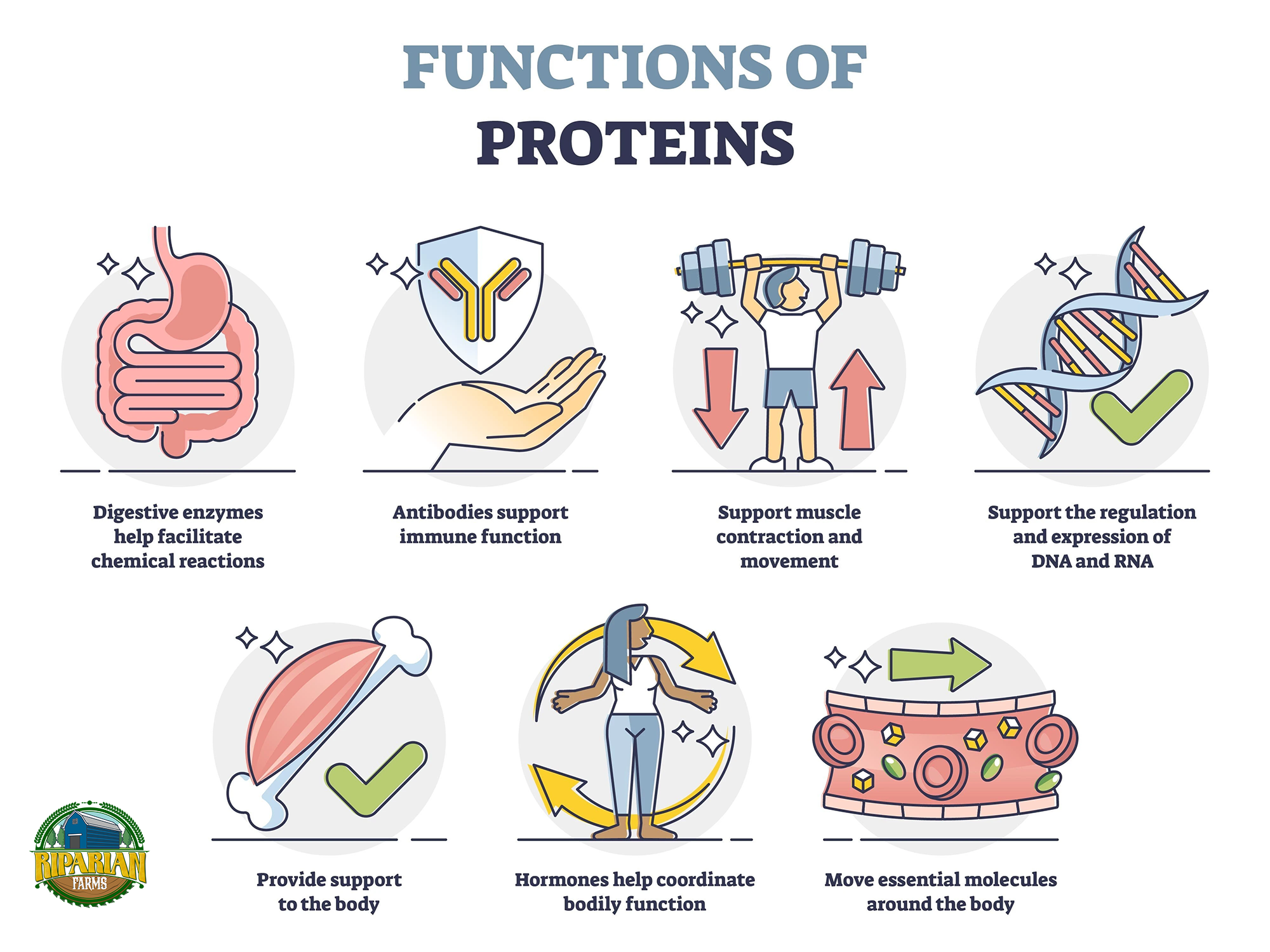 What are the Benefits of Protein Blends?
What are the Benefits of Protein Blends?
Combining whey, soy, and casein protein in a single shake will provide the different benefits of each making for a highly effective supplement.
In the evidence, the strongest case that provides support for this is a study that compared a protein blend of 25% soy, 25% casein, and 50% whey to a whey-only source of protein. They showed that the blend elevated rates of muscle protein synthesis in the same way as whey protein, but that blood amino acid concentrations stayed higher for longer.
Additionally, not all three of these sources need to be combined. Take the two milk proteins —whey and casein — have been shown to be more beneficial when blended together than whey protein alone. In a study that looked at 10 weeks of resistance training, those that were using the blend increased their muscle mass more than those who were using just whey protein.
What Makes a Good Protein Blend?
A good protein blend will contain a range of different protein sources. To maximize the benefit, the protein sources should have various digestion rates and different amino acid compositions.
The optimal blend may consist of whey for the high leucine content and fast digestibility, casein for the prolonged effect of muscle protein synthesis, and soy for the additional glutamine and arginine.
When it comes to the specific composition of a protein blend, the numbers are hard to pinpoint. It has been speculated that different compositions may be more beneficial to certain circumstances. For example, if you’re looking to improve your strength, you may require a different blend than if you’re looking to increase your 10km time. In this instance, due to the nature and duration of different types training, the strength goal may require a blend consisting of more whey protein, while the endurance focused may need more casein.
How Do You Use a Protein Blend?
Protein blends will help contribute to your vitally important daily protein intake. When looking to improve strength, recover better, or change your body composition i.e. build more muscle and lose fat, high protein diets have proven highly effective. For those who are on the older side, it is the maintaining of the current muscle mass rather than doing anything with the likes of body-building. It has been suggested that 2g/kg/d would be a minimum intake for improving body composition. For larger individuals, for example a 242 pound football player, 2g/kg/d would equate to 220g of protein.
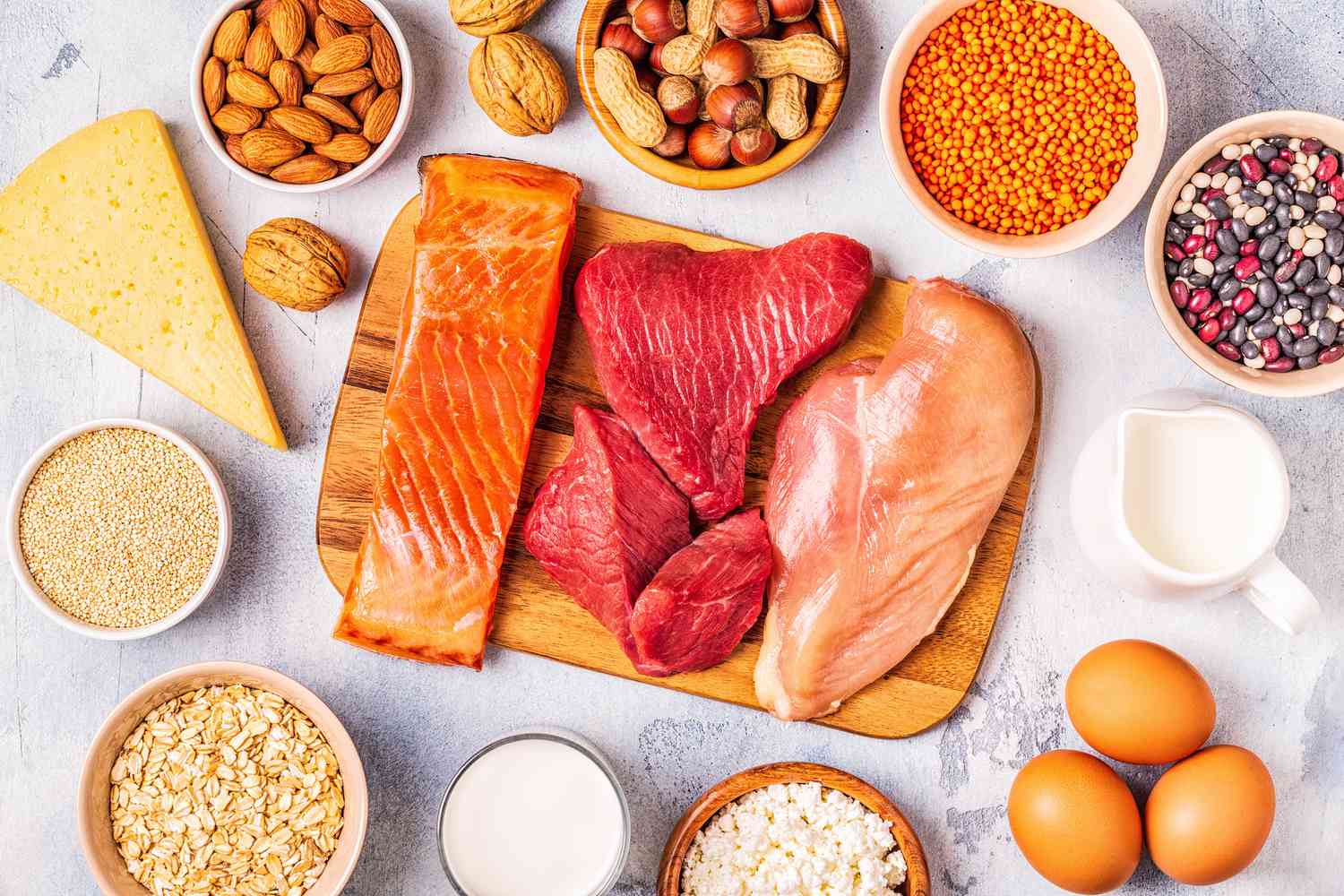 An intake as high as 3.4g/kg/d has been to shown to help build muscle and drop body fat with no reported negative effects or health risks. For our 242 pound football player, this would be a massive 374g of protein. That’s a lot of chicken breast!
An intake as high as 3.4g/kg/d has been to shown to help build muscle and drop body fat with no reported negative effects or health risks. For our 242 pound football player, this would be a massive 374g of protein. That’s a lot of chicken breast!
High protein intakes such as this can be hard to obtain from whole food sources alone. There’s only so much chicken you can eat without getting bored, and a flavorsome shake can provide a welcome alternative. A protein blend can therefore be used throughout the day as an easy way to ensure this high protein intake is met.
A great time for a protein blend would also be following resistance training. Research has shown that protein combined with resistance exercise has the greatest effect on muscle protein synthesis. Although evidence has shown that muscle protein synthesis rates stay elevated for up to 24 hours following resistance training, a protein shake is a great option for when you are coming straight out of the gym.
Having a protein blend pre-prepared can mean you have boosted your protein intake before you have even changed out of your gym kit. This will ensure you are optimizing your recovery and giving yourself the best chance of building muscle and increasing strength.
The Takeaway
Protein blends can be a great way to maximize muscle gain, recover properly from training, and improve your body composition. It can also be for the older ones among us a great way to maintain the muscle mass that we may lose due to the affects of aging and other factors. By combining protein sources with different digestion rates and amino acids compositions, they can increase muscle gain to a greater extent than a sole source of protein.
They provide an easy, convenient, and flavorsome way to take advantage of the various benefits different protein sources provide and ensure that your daily protein intake is met. This is especially important when looking to improve your body composition or hit a specific strength goal.

